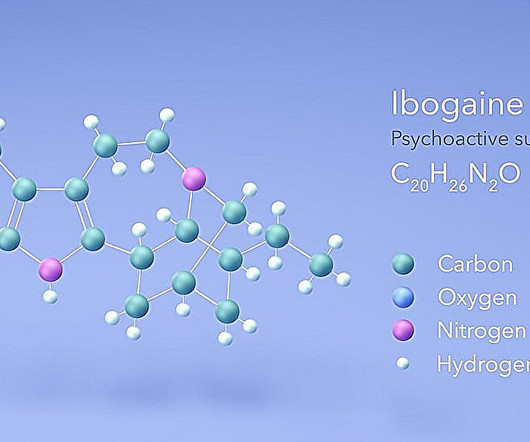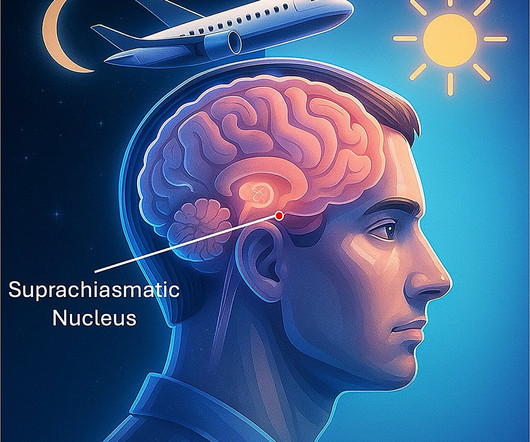The Future Of Vision And Eye Care
The Medical Futurist
JUNE 21, 2025
billion people were living with vision loss in 2020, and it is forecasted to reach 1.7 Researchers say that the implant cannot provide any highly detailed vision – but it can help patients detect distinct patterns such as door frames and shapes. Globally 1.1 billion without serious interventions and investments by 2050.












Let's personalize your content